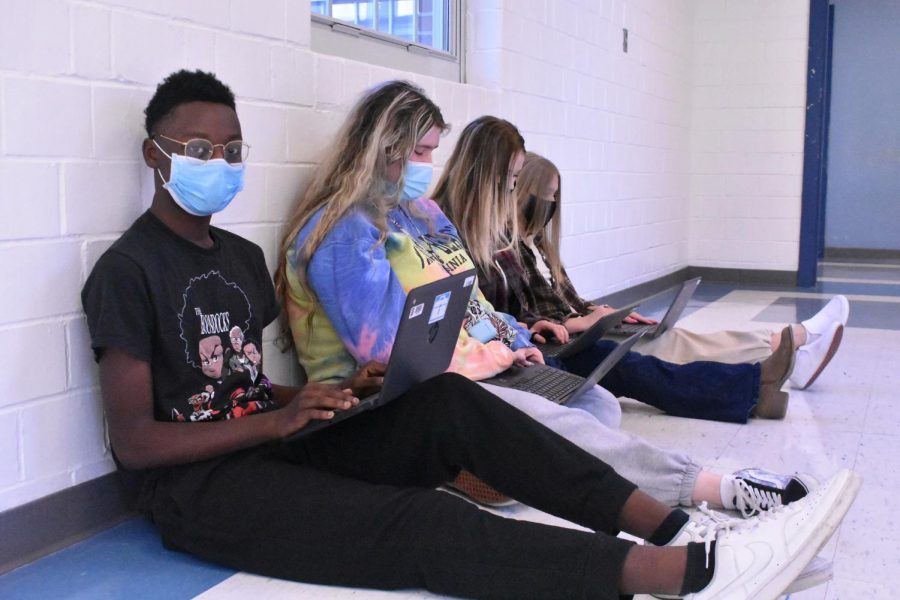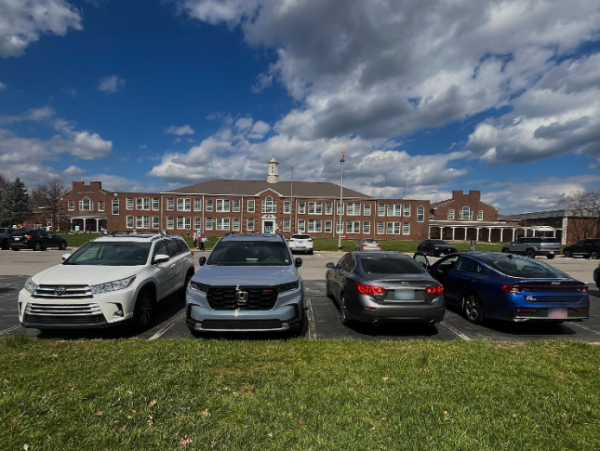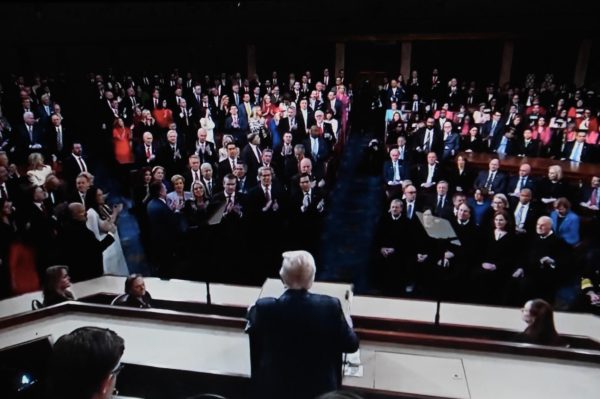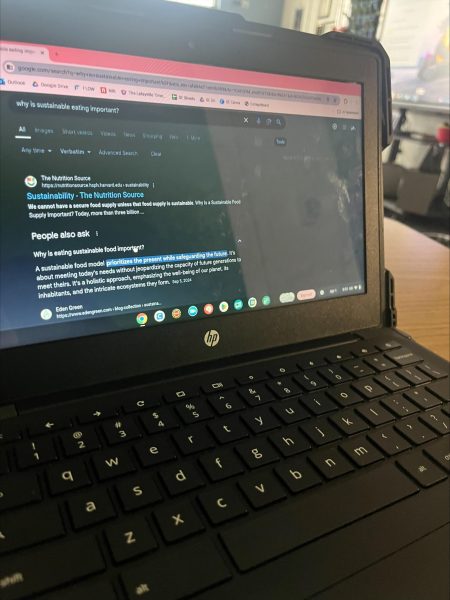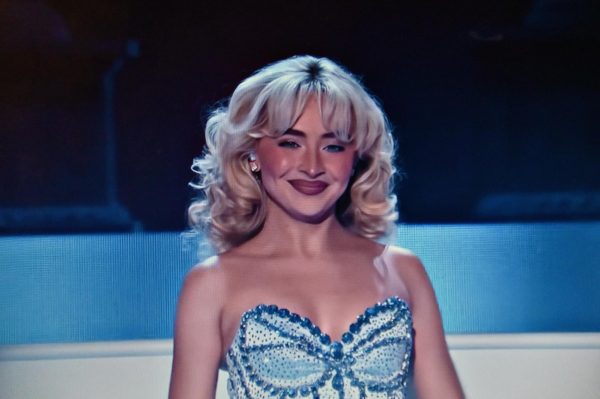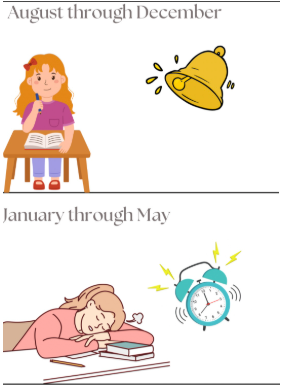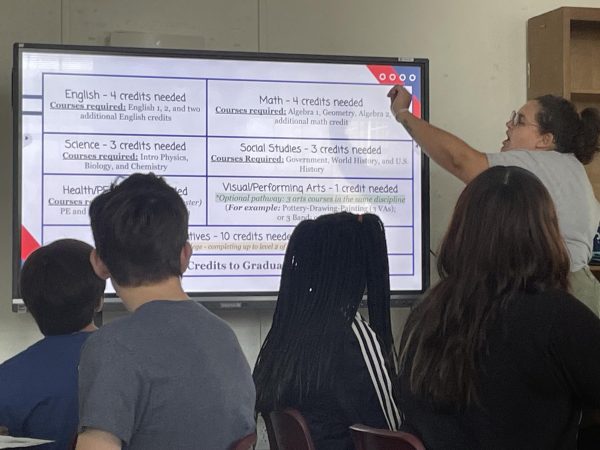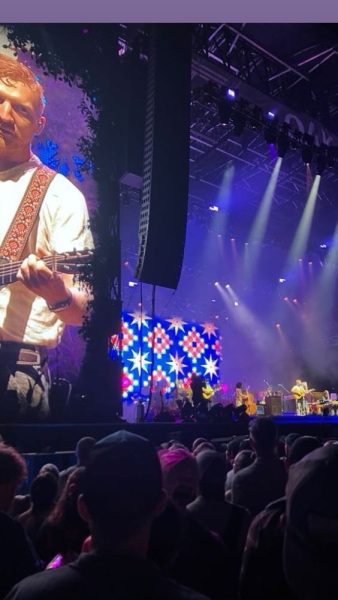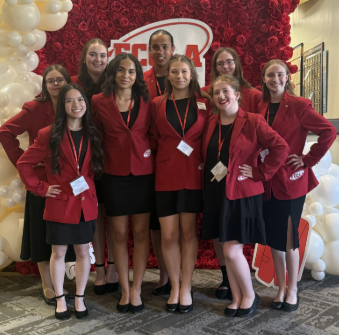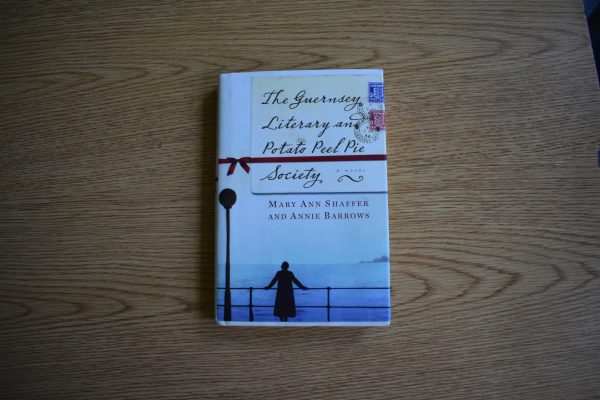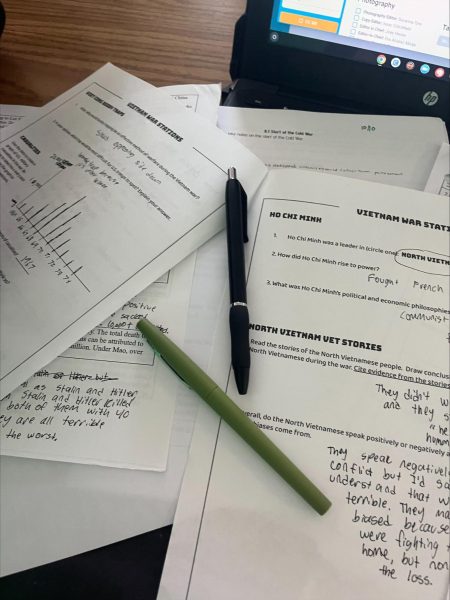Representation for Black students in American Public Schools
Malik Mulder – one of many Black students at Lafayette High School that find himself being the only Black student in his classes.
One of the biggest issues in American public schools today is representation. Representation is the number of people that look like you. Ask yourself: Do you feel represented in your classes? It can be students who are your gender, race, people who come from the same income status, anything that you can relate to from other people. For many Black students in America, there are very few classes where they feel represented both in the classrooms and in the staff. Black experiences in schools are far-ranging and very personal to every individual, however, there are many collective experiences that we face almost every day from the day we enter the school system to the day we leave.
For most Black students in America, they see very few people that look like them in their classes. Even for me, I can count all the Black people in all 8 of my classes on one hand. At Lafayette, Black people make up 12.5% of the student population. Now let me tell you why this is a problem. One, many times, especially when we’re younger, we feel isolated from our peers. Then, as we get older, we start to change ourselves to fit in with our white classmates. We start policing the way we talk, the way we dress, even small things like how we say certain words because we don’t want to seem “ghetto” and end up being excluded like we used to.
And what adds to the feeling of isolation is when we receive microaggressions. Microaggressions are backhanded jabs at Black people that usually mean well but don’t come across that way. They may seem small but they can be very damaging, especially when you take in everything else Black students go through. Imagine finally deciding to wear an afro, even after feeling insecure about it and the first thing you hear from your friend at school is “Wow! Your hair is so… big!” I feel like we don’t talk about these types of comments enough. They can be very damaging, especially to our subconscious thoughts. Sometimes we don’t even realize that we have distorted mindsets that cause us to change the way we think, act, or present ourselves.
Female rights activist Senator Warren once said – if you are not at the table then you’re probably on the menu. This is why representation matters. You need people who can relate to you and understand you. And since many communities of colors don’t get this, we end up with microaggressions, racial trauma, and distorted mental health. We need to see more diversity when admitting people into our programs and hiring teachers. We also need more diversity in the content that we learn. We only see Black people in the curriculum during Black History Month or when talking about slavery & the Civil Rights movement. And usually it’s the same people every year – Harriet Tubman, Martin Luther King, and Frederick Douglass. Why don’t we learn about black scientists, engineers, writers, etc. Even when we are learning about Black experiences like the Civil Rights Era, for example, we get books and videos from White authors.
Overall, I think we need more representation and diversity from students, teachers, and our curriculum. Without this, everything becomes repetitive and Black students end up feeling excluded from literally everything. We have a lot of potential to become a very inclusive school but we have to start bringing awareness to these issues. I don’t want the Black students after me to go through the same things I did. We need to create a school where everyone feels represented. I’ll say it again… if you are not at the table then you’re probably on the menu.
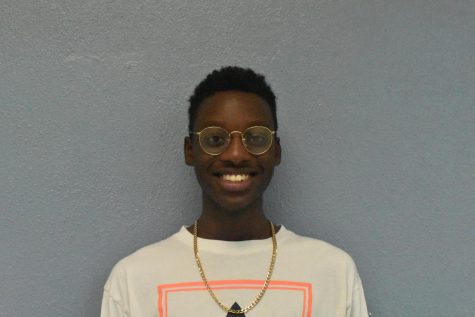
Malik Mulder is a junior and is currently enrolled in the pre-engineering program at Lafayette. He
enjoys writing informational articles and taking...

